Proficient readers and mathematicians are both able to read between the lines of a given text or problem. They are able to combine what they already know (their "schema" or prior knowledge) with the new information in order to draw conclusions or create greater meaning.
I love the way the text helped further differentiate between predictions and inferences. INFERRING is an inductive process, meaning that learners construct new meaning when they recognize a pattern or relationship within what they already know and their new knowledge. PREDICTING is a deductive process. Once students have been able to infer a pattern, they test that pattern by making a prediction. I never really thought about the subtle differences between those two concepts before.
Repetition is really important to helping students learn how to infer and predict within the context of mathematics instruction. Kids need to experience the patterns again and again through a multi-sensory approach in order to truly understand them.
I have so many standards to "cover" with my students that I can often feel rushed. I'm sure you can relate, right? The text reminds us of the importance of slowing down and ensuring our students have adequate time to process and reflect.
One strategy to help this is ONE-ON-ONE MATH CONFERENCES. These conferences are so important because will really let us know exactly what is going on in our students' minds! We shouldn't only be asking them to explain their thinking when they are incorrect--we should also be asking them to explain their thinking when they ARE correct.
I love playing the game "Mind Reader" with my students to have them practice making inferences and predictions in regards to place value. You can download FREE directions on how to play this game here or by clicking on the photo below.
What are YOUR favorite strategies for teaching kids how to infer and predict in Math class?

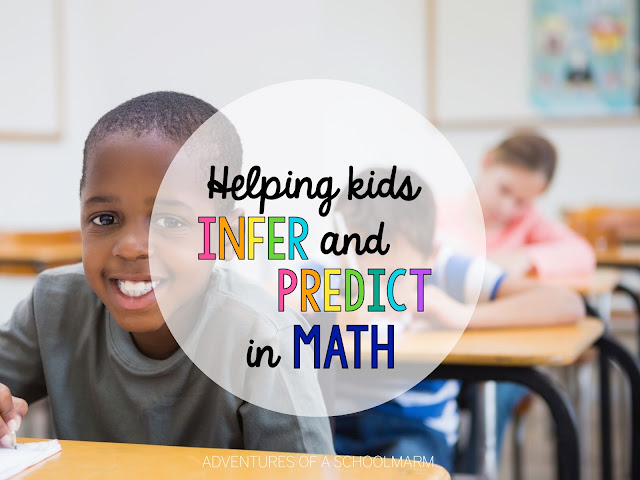




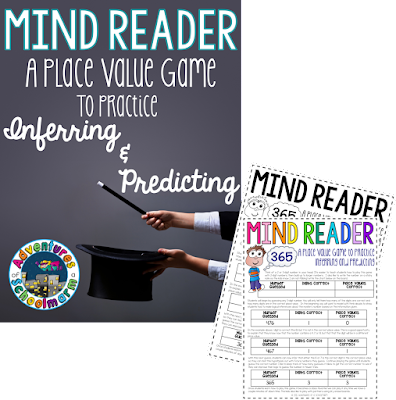




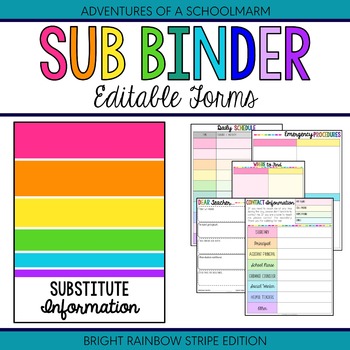
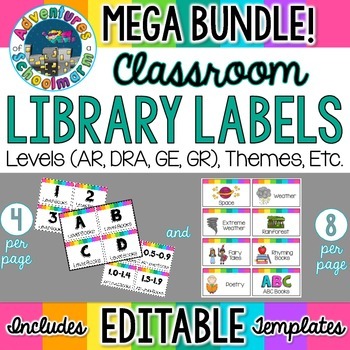
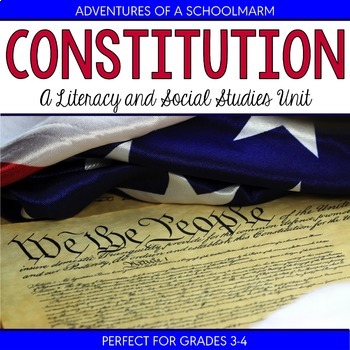

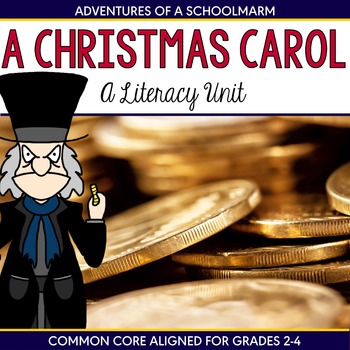




No comments